Stories By fengzengkun
-


General Surgery
Treatments for varicose veins
November 22, 2022People with varicose veins can seek treatments that range from endovenous ablation or glue therapy to...
-


Urinary & Male Reproductive System
Treatment and prevention of ureter stones
November 8, 2022Larger ureter stones can be removed by shock wave therapy or surgery. To prevent their recurrence,...
-
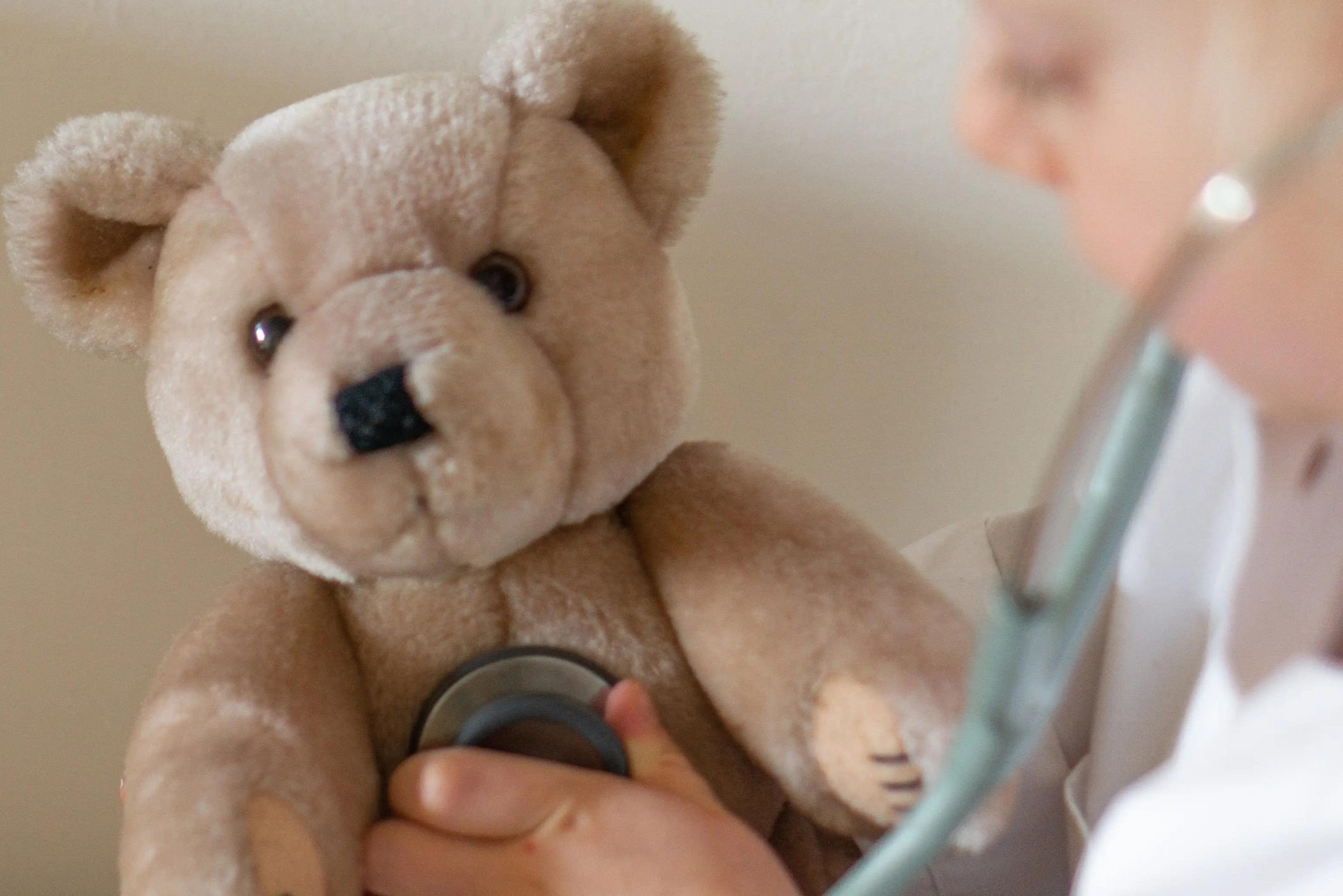

Paediatric Surgery
Groin and scrotal swelling – causes and treatments for children
October 4, 2022Swelling in the groin or scrotum could be due to hydroceles, which are harmless. More serious...
-
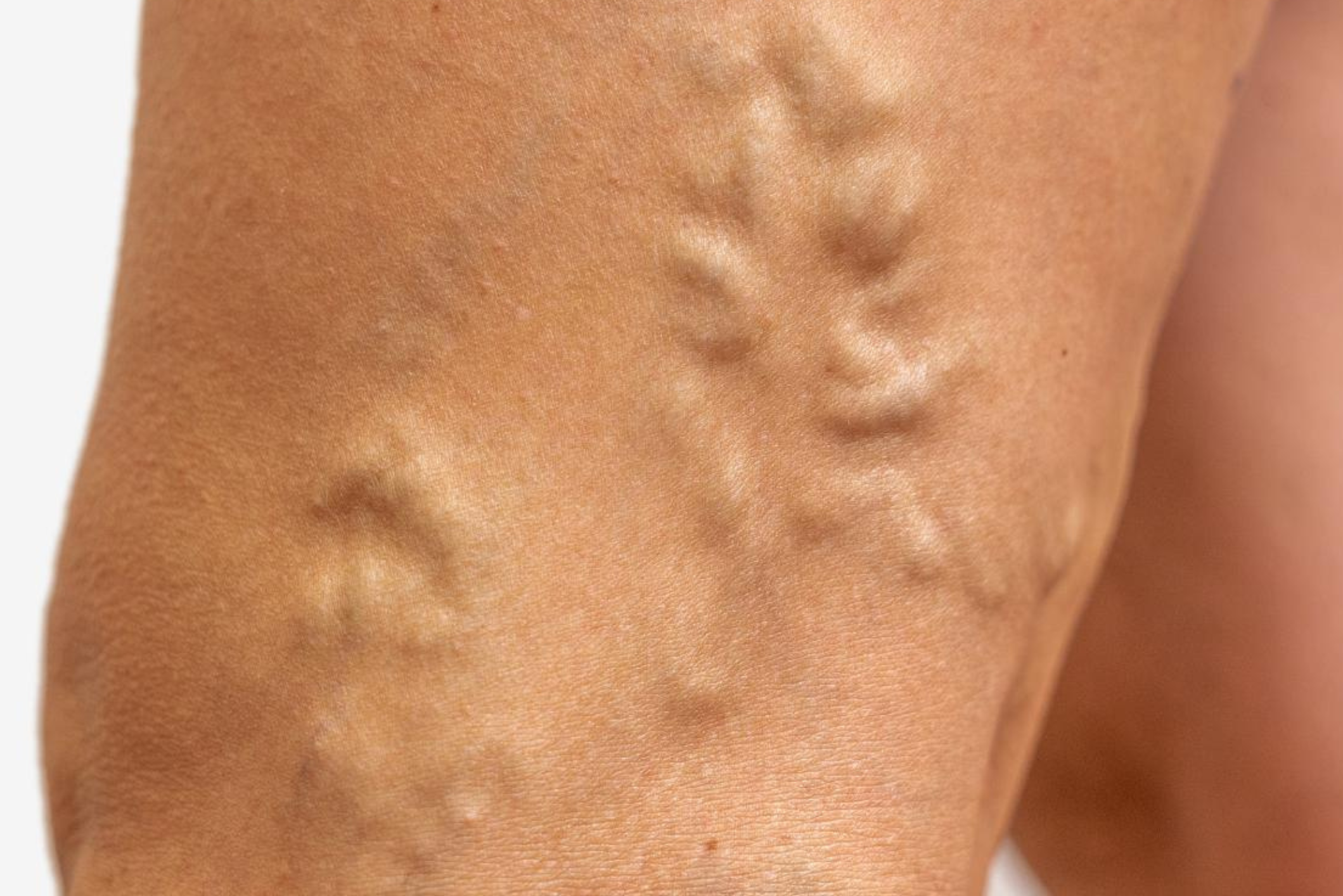

Dermatology
Varicose veins – causes and problems
September 13, 2022Varicose veins are common, especially among older people, and some people are more likely to develop...
-


Kidney
Treatments for kidney stones
August 30, 2022Patients with kidney stones that cannot be passed out of the body naturally can turn to...
-
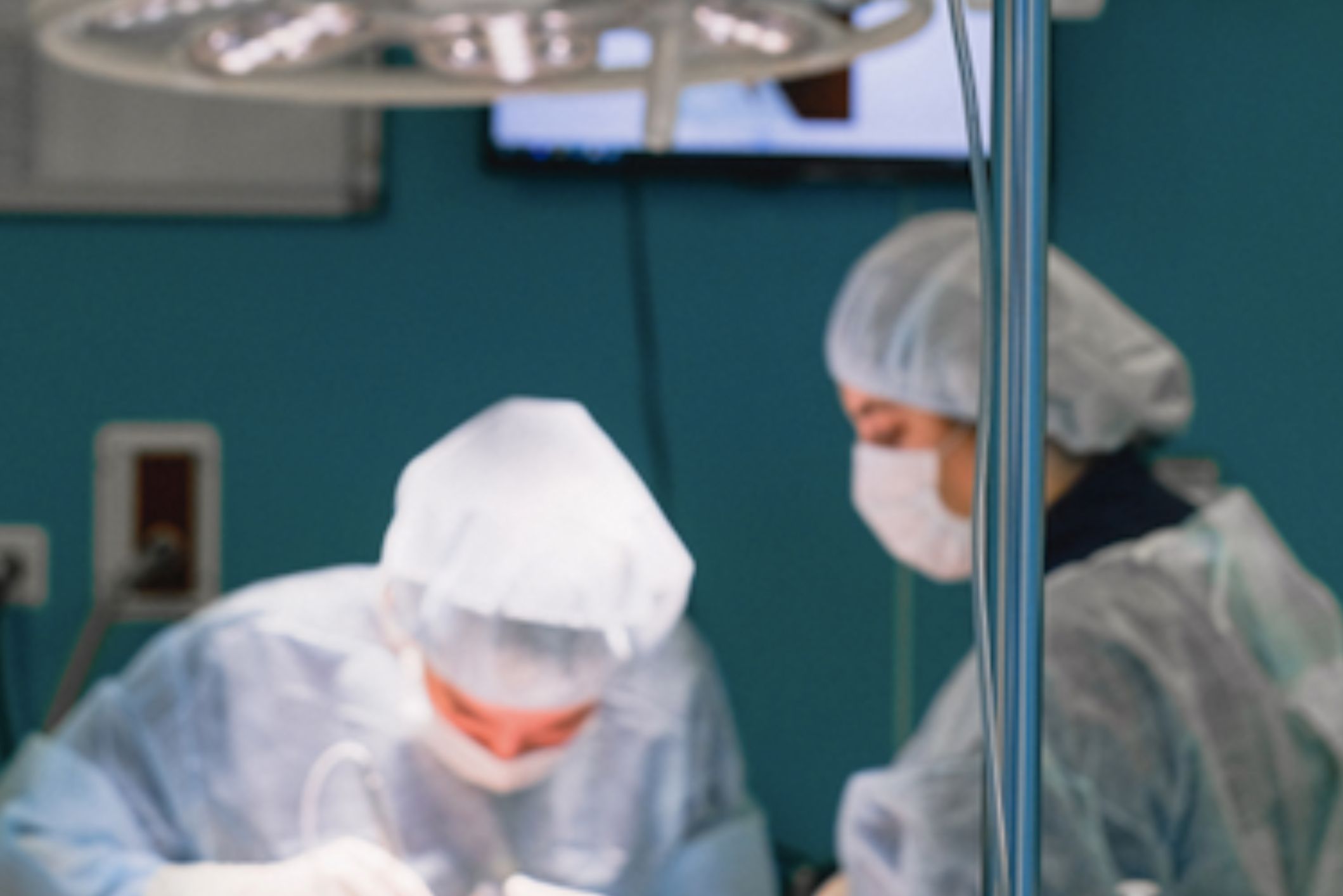

Abdominal
Treating abdominal aortic aneurysms
July 26, 2022People with an enlarged section in their aorta – the main artery that carries blood from...
-
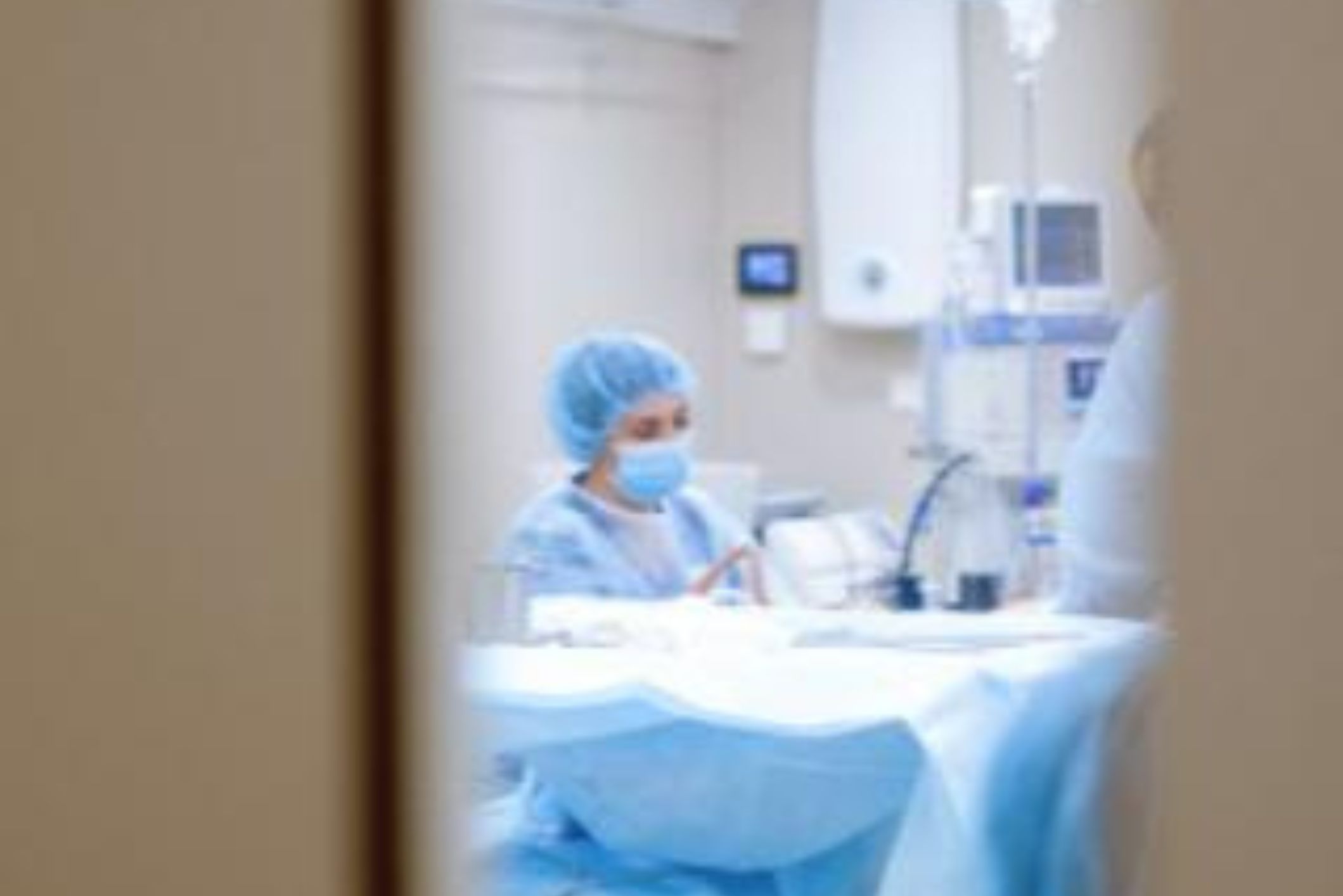

Children
Hypospadias – symptoms and treatment
July 19, 2022Some boys suffer from hypospadias, where the opening of their urethra, through which they urinate is...
-


Paediatric Surgery
Penile problems: understanding phimosis
June 28, 2022Boys and men may suffer from phimosis, a condition where their foreskin is too tight to...
-
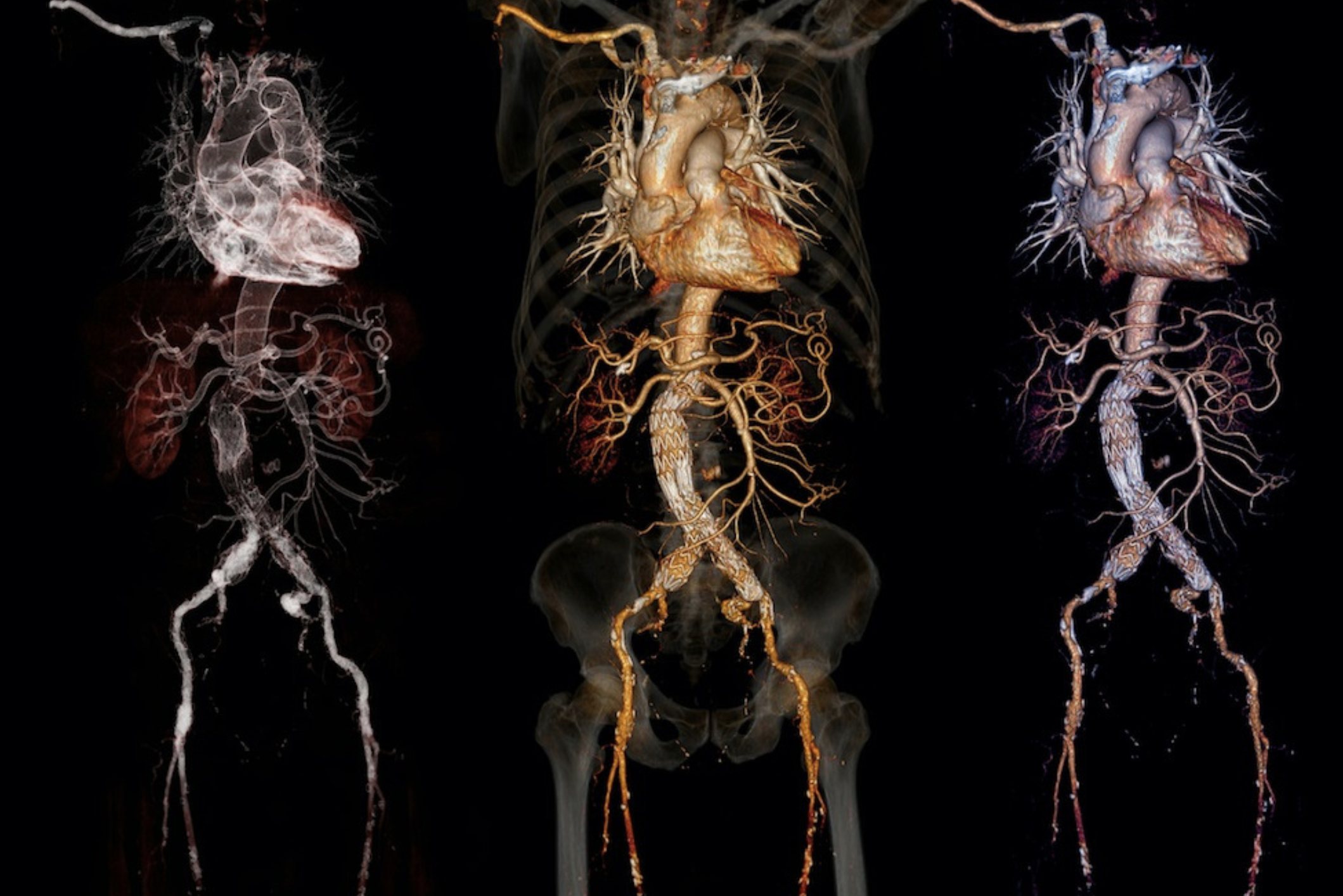

General Surgery
Abdominal aortic aneurysms – symptoms and risk factors
June 14, 2022Older people have a higher risk of an abdominal aortic aneurysm, where the main artery that...
-
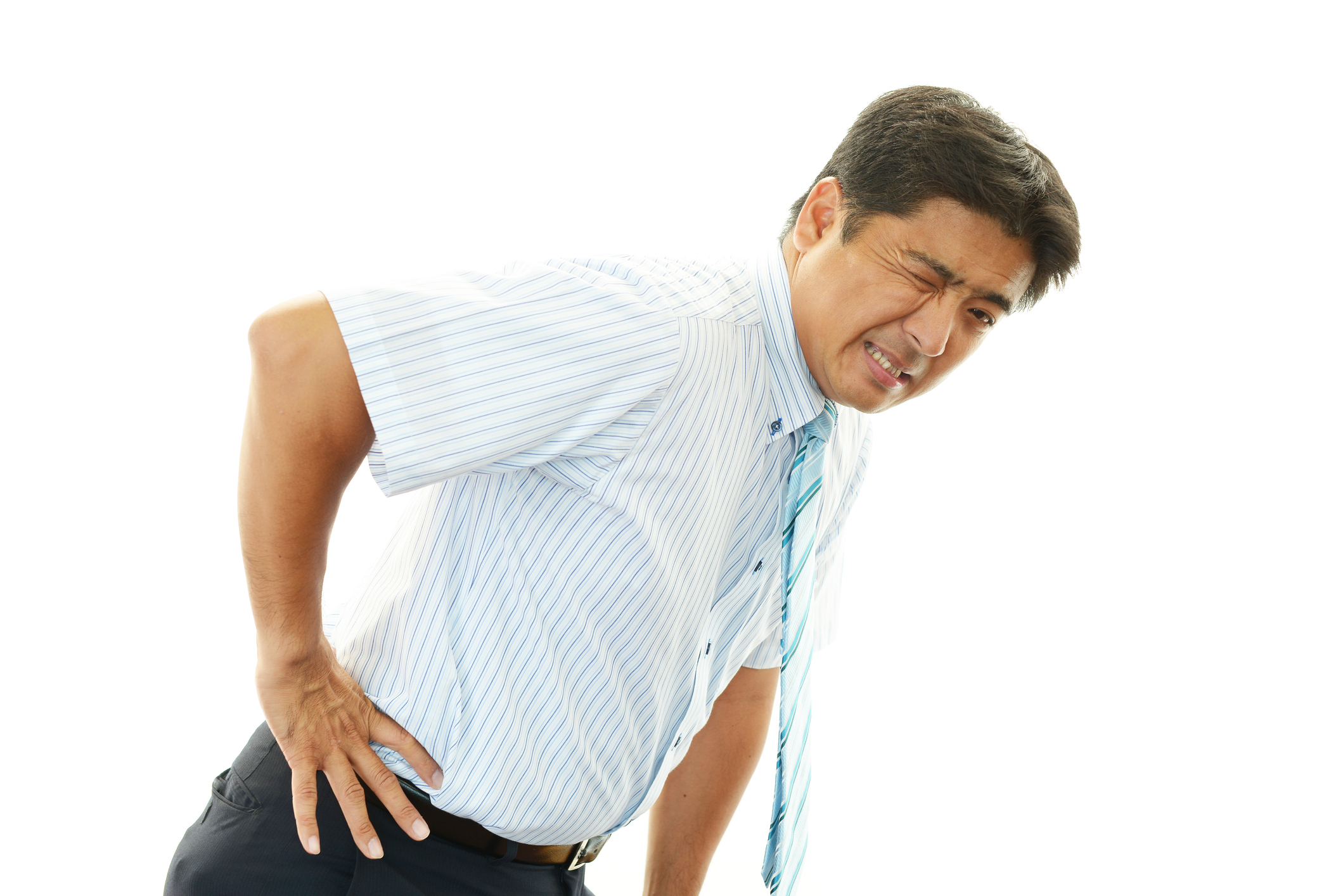

Urinary & Male Reproductive System
Causes and symptoms of ureter stones
May 24, 2022People who experience sharp and severe pain in their side and back may have ureter stones,...



